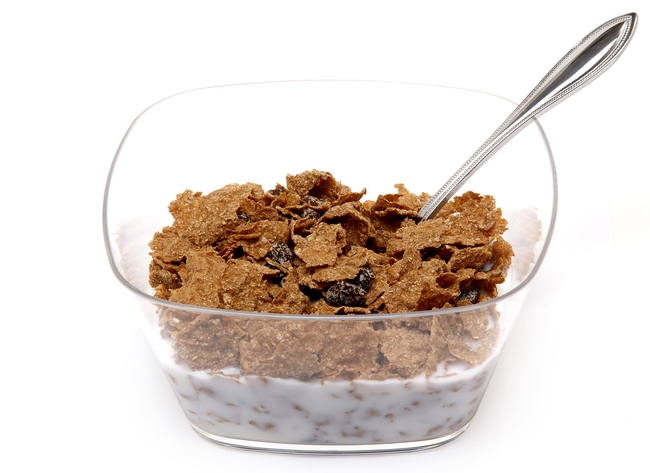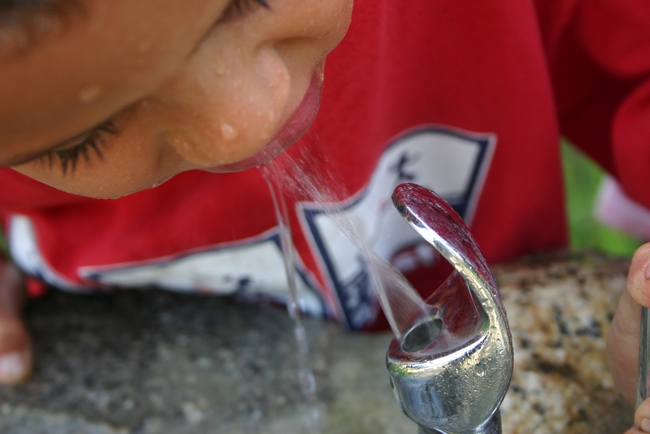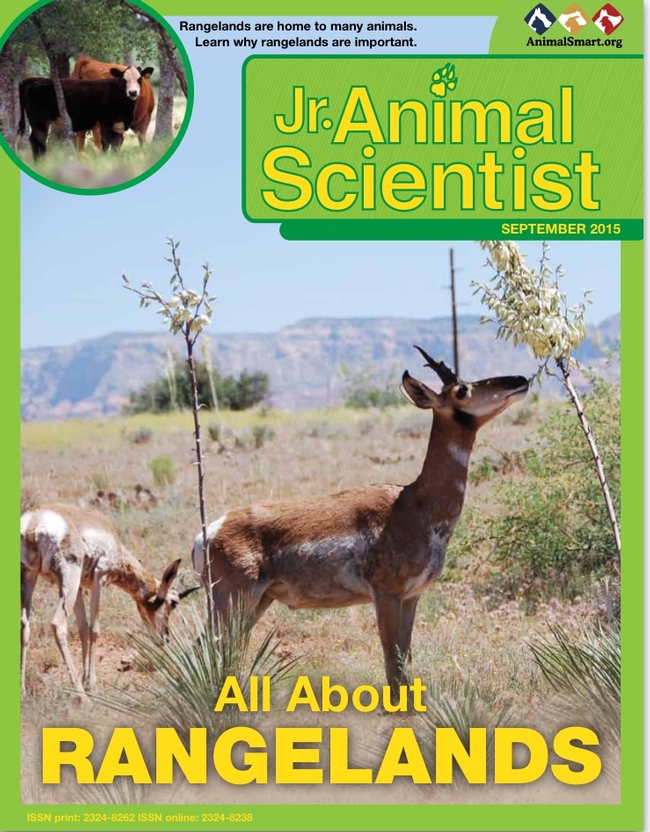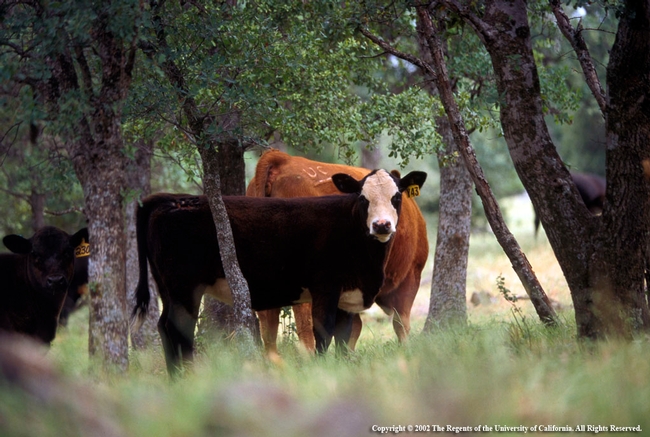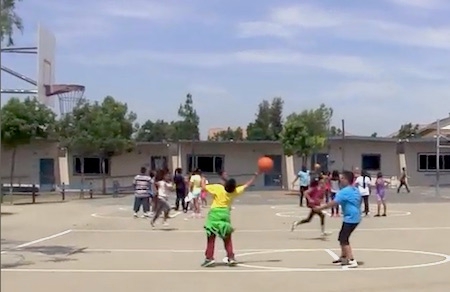Posts Tagged: nutrition
UC ANR's Lauren Au is a nutrition hero
She doesn't wear a cape and mask, but childhood nutrition researcher Lauren Au was proclaimed a nutrition hero in Food & Nutrition Magazine. Au is a researcher with the UC Agriculture and Natural Resources (UC ANR) Nutrition Policy Institute
Food & Nutrition Magazine is published by the Academy of Nutrition and Dietetics, the world's largest organization of food and nutrition professionals. Au told the editors that she was drawn to nutrition and dietetics from a prevention perspective. Both her parents passed away from chronic disease at a young age.
"I wanted so desperately to prevent this hardship from happening to my close family and friends," Au said.
In her role with the Nutrition Policy Institute, she strives to fight and prevent childhood obesity by improving federal nutrition initiatives, such as the school lunch program and the national women, infants and children supplemental nutrition program (WIC).
"For example, our WIC research has shown that both online and in-person nutrition education can increase healthier breakfast behaviors, which has the potential to reach close to 8 million low-income mothers and children," Au said. Read more about the WIC research here.
Au told Food & Nutrition Magazine that she finds it personally rewarding to share compelling research with legislators and policy makers.
"It can be extremely powerful," she said. "I just received two large grants to examine the school nutrition environment and the relationship with childhood obesity over the past decade. I am excited to be able to help shape child nutrition legislation in years to come."
New nutrition fact label is a 'victory for consumers'
"It's a victory for consumers. The impact is going to be incredible," said Pat Crawford, director of research at UC ANR's Nutrition Policy Institute. "It's something in the nutrition field we've waited for years and years: to educate the public on how absolutely critical added sugar is and about the risk of heart disease, diabetes, obesity and dental caries."
The nutrition label changes were unveiled last week by First Lady Michelle Obama. The new label has bigger and bolder calorie information. It shows the amount of "total sugar" and below that, it shows "added sugars." The article gave an example of vanilla yogurt. On the current nutrition facts label, a consumer can see how much sugar it contains, but doesn't know how much of the sugar is from natural lactose in the milk and how much added.
Crawford noticed how hard it is to figure out when a friend asked how much added sugar was in Raisin Bran.
"I poured out a cup of cereal. I counted the raisins," Crawford said. She subtracted the amount of natural sugar in the raisins from total sugar listed on the nutrition facts label to determine the amount of added sugar.
The debate over dairy products is being milked for all its worth
Since the 1960s, nutrition experts have encouraged Americans to forgo whole milk in favor of skim or low-fat dairy products. Now some scientists are saying the move to low-fat dairy is tied to the country's obesity crisis, according to an article in The Guardian
Robert Lustig, professor of pediatric medicine at UC San Francisco, said he believes drinking whole milk can lead to lower calorie intake overall because it is more filling than low-fat and non-fat alternatives.
A UC Agriculture and Natural Resources (UC ANR) expert shared a different viewpoint. Lorrene Ritchie, director of the UC ANR Nutrition Policy Institute, said low-fat or skim milk products are still preferable to whole milk because liquid calories are not as filling as equivalent calories from solid food. Nationwide, the goal for most people should be to reduce calorie intake.
"Until we decrease calorie intake on a population level, we are unlikely to see much reversal in the obesity epidemic," Ritchie said.
Before the end of 2015, the federal government is expected to release its revised Dietary Guidelines for Americans. According to the Guardian article, the guidelines are expected to tout vegetables, fruits, whole grains, legumes, nuts, seafood and "low- or non-fat dairy." The guidelines inform the USDA's dietary infographic, which at the moment takes the form of a plate half filled with vegetables and fruit, and the other half with a small portion of protein food and whole grains.
The Nutrition Policy Institute has been advocating for the addition of water on the MyPlate icon to reinforce its position that plain tap water is the best choice for quenching thirst.
Children’s magazine focuses on rangeland animals
Rangeland is where deer and antelope play. It is also home for grazing livestock and many other animals. “Almost half of the land on Earth is rangeland and one-third of the United States is rangeland,” the latest issue of Jr. Animal Scientist tells its young readers. A UC Agriculture and Natural Resources (UC ANR) advisor is among the scientists who contributed to the rangeland issue of the children's magazine.
Jr. Animal Scientist is published by the American Society of Animal Science for children aged 5 to 12 who are interested in animals. For the September 2015 issue, members of the Society for Range Management collaborated with ASAS to provide photos and facts about rangeland.
Theresa Becchetti, UC ANR Cooperative Extension livestock and natural resource advisor for Stanislaus and San Joaquin counties, and Lisa Page, from the University of Arizona, served as co-editors for the special issue.
“Our goal is to have kids and their parents and teachers learn the value of rangelands, beyond being used to produce beef and lamb; they also provide habitat for wildlife,” said Becchetti. “Rangelands can produce energy – solar, wind and oil – while providing clean water and air and a place for recreation. These resources are protected by ranching families, the stewards who make their homes on rangeland.”
In the magazine, readers will find descriptions of the different kinds of rangeland, a map of rangelands and photos of some wildlife species that live on rangelands. It also includes a word scramble and rangeland-related jokes (“Why do cows wear bells? Because their horns don't work!”)
“As a member of the Society for Range Management, and working on developing curriculum on rangelands in California, I was excited to be involved in the effort,” Becchetti said. “The magazine has a national circulation with a mix of families and schools.”
A PDF of the Jr. Animal Scientist rangeland issue can be viewed at http://ucanr.edu/sites/news/files/220859.pdf.
Research and outreach support culture of health and fitness
The small, mostly Mexican-immigrant Central Valley community of Firebaugh has been at the center of an extensive UC Agriculture and Natural Resources (UC ANR) research and outreach project that is aiming to reduce the incidence of childhood obesity, reported Alexandra Wilson on the USDA Blog.
The project, called Niños sanos, familia sana (Healthy children, healthy family) has turned into a community-wide effort and a new culture of health for families. Lucia Kaiser, UC ANR Cooperative Extension specialist, is leading the project. Outreach involves UC ANR Cooperative Extension advisors and staff in Tulare, Yolo, Kern and Fresno counties and the UC CalFresh and EFNEP programs.
According to the Centers for Disease Control and Prevention, childhood obesity has more than doubled in children and quadrupled in adolescents in the past 30 years.
“The lasting impact that Niños Sanos, Familia Sana will have in Firebaugh is precisely the goal of the childhood obesity prevention program – working at the family, school, and community levels to make healthy kids and healthy families a part of everyday life,” said Deirdra Chester, NIFA's national program leader for applied nutrition research.
According to the USDA blog post, Niños sanos, familia sana has contributed to changes in the community:
- Slower weight gain among obese boys
- Reduction in children's consumption of high-fat/high-sugar foods
- Growing interest in programs and policy reflecting local commitment to improved health and nutrition
For more information, see a story and video snapshot in the UC Food Blog.



